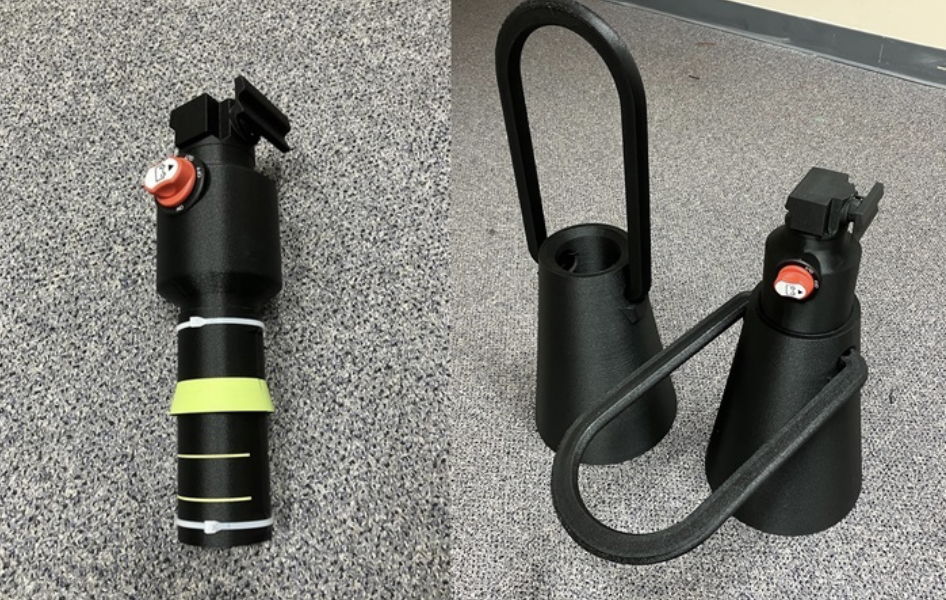As Augusta’s unofficially official tequila bar, Tacocat houses an enviable curated selection of agave-based spirits. While they all hail from the verdant, spiky agave plant, each of these distillations bears its own flavor profile–much of which goes unnoticed during omnipresent tequila cruda (tequila shots).
Here’s an idea: how about we slow things down a bit and savor just how extraordinary tequilas can be, eh?
In lieu of partaking in a lick, shoot, suck ritual, let’s take a moment to glean over some crib notes to help you appreciate this respectable spirit.
▪︎Tequila must be made from at least 51% Agave tequilana (blue agave).
▪︎To be classified as tequila, the spirit must be distilled in the appellation of Tequila, predominantly Jalisco.
▪︎The time that tequila spends aging in its barrel is what determines whether it will be a blanco, joven, reposado, añejo or extra añejo as age begets color + flavor.
▪︎Blancos have an agave-forward taste profile; at the other end of the spectrum are añejos with more complexity and richness.
MORE: Naked Epicurean: Autumn beach vibes abound at Pineapple Ink Tavern
To commence my tasting journey, Aaron poured me sips of the three big players–blanco, reposado and añejo–in copitas (tulip) shaped glasses, best for savoring complexity. The broad bottom compounds the aromatics, while the narrow top concentrates the aromas.
And per my usual, I exercised ostentatious tasting formality right there at the bar, much to the amusement of lookers-on.
Here are the steps. Keep them close so you, too, can look like a pretentious clown.
1. Inhale before sipping.
2. Once you have the tequila in your mouth, inhale through your nose, swallow it over your tongue, and then exhale hard over your tongue to stimulate your taste buds.
3. Take a couple more sips to confirm and/or expand upon your original findings.
4. Take a bow, because by the third tasting, you will have attracted quite an audience.
Here are my findings:
🥃The agave piña for El Tesoro Blanco is steamed in a brick oven, distilled twice in copper pots and fermented in open-air wood fermentation tanks. This agave-forward tequila is clean + bright with a tinge of sweetness + pepper. No aging. No additives. 100% agave. ABV 40% (80-proof).
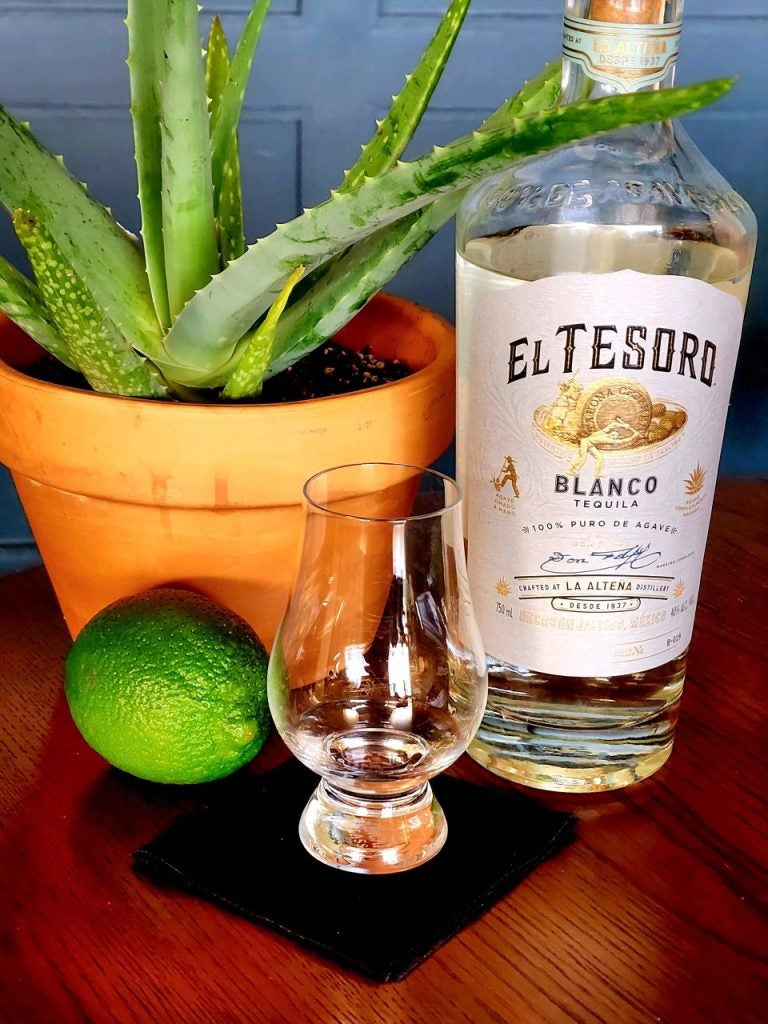
Blancos (or silvers), in general, are the purest form of tequila and are typically made for mixing. Try a paloma.
🥃Bartender fave Fortaleza Reposado is cooked in a brick oven, distilled twice in copper pots, and fermented in open-air wood fermentation tanks much like the El Tesoro Blanco. But aging a few months in oak barrels (or sometimes bourbon barrels) classifies it as a reposado. Essence of cinnamon, honey, and pepper. No additives. 100% agave. ABV 40% (80-proof).
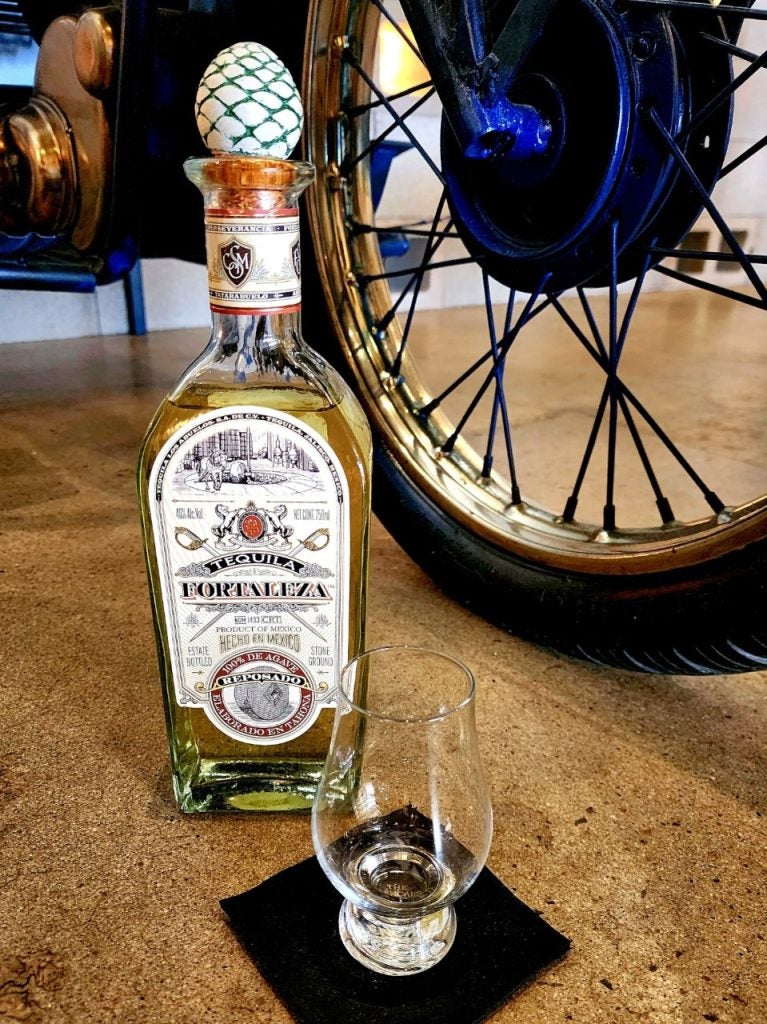
MORE: Naked Epicurean: Fall into Finch + Fifth
The slight aging imbues a beautiful subtle golden hue and tempers the strong agave flavor without masking it. Great for a smoky margarita or a tequila old fashioned.
🥃My third pour was Single Estate Tequila Ocho Añejo. The process for this spirit is similar to its younger brethren, but Añejos gain a bit of sophistication in their 1-3 years of oak barrel life. No additives. 100% agave. ABV 40% (80-proof).
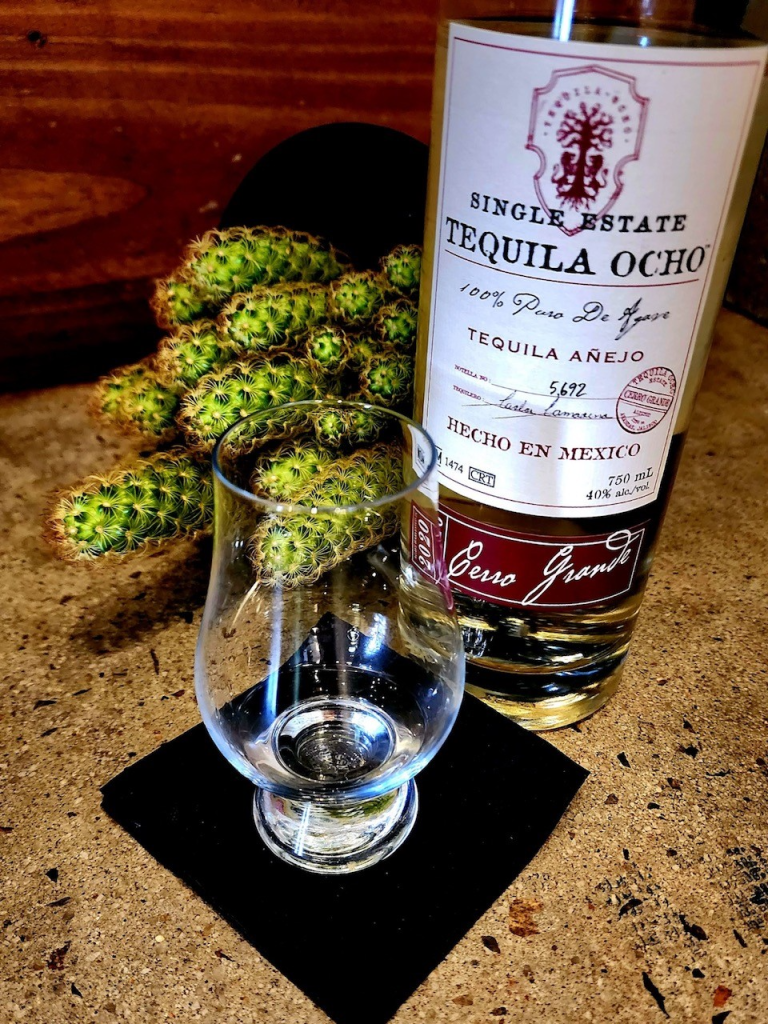
Aging lends depth + complexity to añejos. Their color is more golden, their profile richer. This one has a tease of vanilla + brown sugar, but I’d like to revist so I can sus it out. <read bartender, pour me another> It is delicious for sipping neat or over a large rock.
🥃I’ve saved the best for last: my personal favorite, Convite Mezcal. The nonconformist. The mutineer. The contrarian. Here’s why.
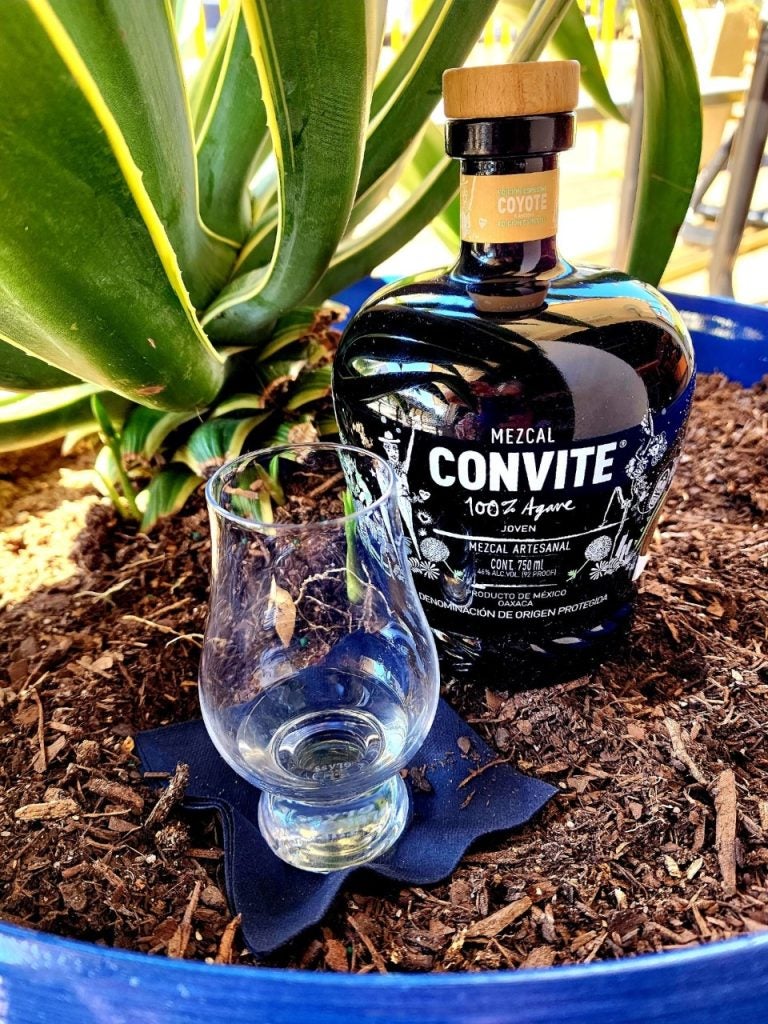
Of 270 species of agave, mezcals are made from 20-30 varieties other than Agave tequilana. For that reason alone, it cannot be called a tequila. But if you ask me, that’s the beauty. You see, mezcal agave plants take eight to 30 years to mature, and it’s usually in precarious and sometimes unforgiving terrain. This gives the plants character. Furthermore, their piñas are traditionally fire-roasted in earthen pits for 72 hours, fermented + distilled.
Sapiosexuals, romantics, poets and agave-philes, read on: Convite is made from wild maguey Coyote (agave Americana) that take approximately 12 years to reach maturity. The piñas are cooked in an underground pit oven, milled by a horse-drawn tahona, fermented with spring water, and double distilled in a copper alembic still–all supervised by mezcalero Cosme “Tucho” Hernández and his brother Daniel Hernandez.
The result of this love story? A complex and nuanced smoky + earthy profile, attributed to plant maturity, terroir and the slower artisanal process.
The best way to drink mezcal is to treat it like a new crush. Move slowly. Savor the moment. Bask in its glow.
Here is your call to action, my people. Whether you are sipping them margs, neat, or over a singular sexy cube of ice, agave-based spirits are worth exploration. But don’t take my word for it. I implore you to try them yourself.
Fingers crossed that I will see Tacocat tequila flights in the near future so everyone can learn to appreciate Mexico’s national treasure naked + outside of a margarita glass.
Don’t forget to tell them Naked Epicurean sent you. 💋

Ann Beth Strelec is known around town as the Naked Epicurean, sampling the finest cocktails known to Augustans. Find out about adult beverages at The Augusta Press on the first and third Friday or on Instagram @NakedEpicurean









